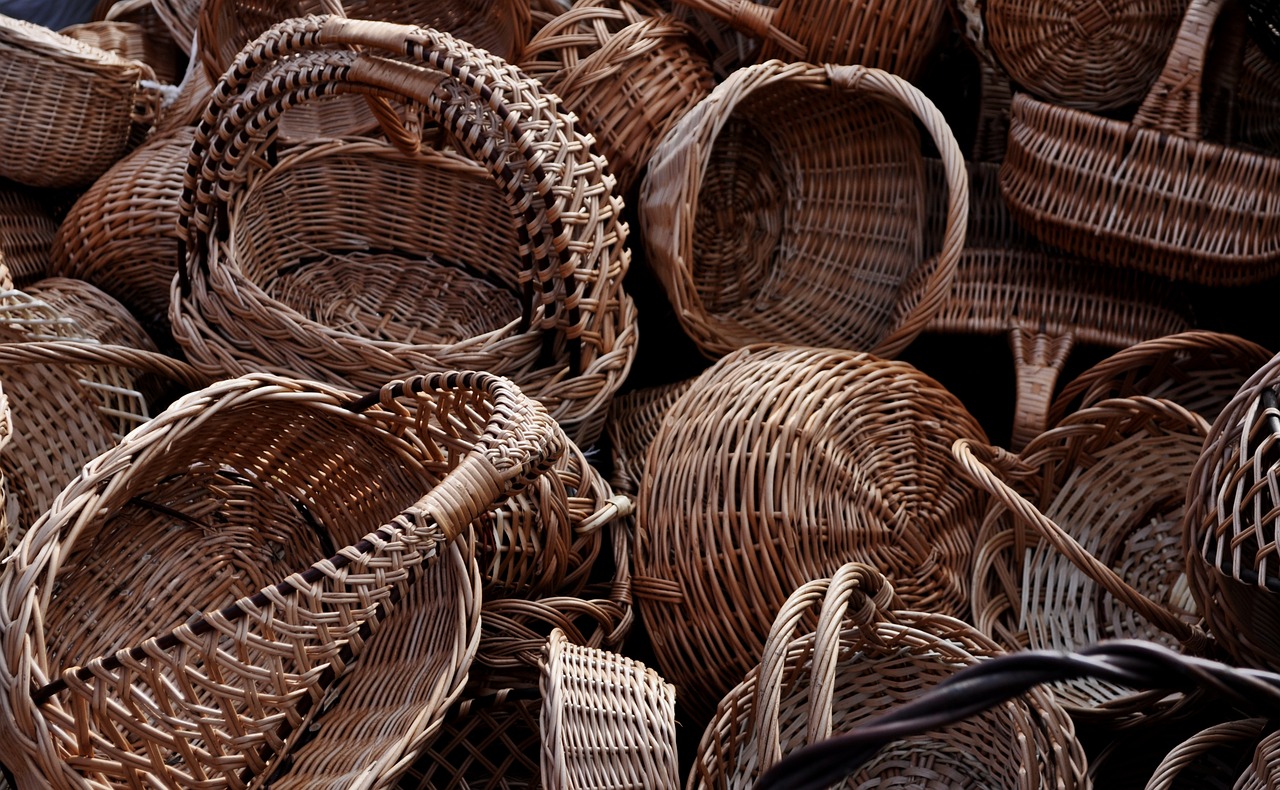The Revival of Traditional Crafts in Modern Europe
Traditional crafts in Europe are experiencing a remarkable resurgence in the midst of modernization, sparking a renewed appreciation for age-old techniques and artisanal skills. This revival is not merely a nostalgic nod to the past but a vibrant movement that celebrates cultural heritage, fosters sustainable practices, and fuels local economies.
Historically, traditional crafts have been deeply intertwined with European culture, serving as the bedrock of artistic expression and community identity. From intricate lace-making in Belgium to exquisite pottery in Italy, these crafts have played a pivotal role in shaping the rich tapestry of European heritage, passing down artisanal knowledge from generation to generation.
In today's fast-paced world, the contemporary artisanal movement is breathing new life into traditional crafts, with skilled craftsmen embracing age-old techniques to create unique, handcrafted products. This revival not only preserves cultural traditions but also caters to a growing consumer demand for authentic, locally made goods with a story to tell.
Moreover, the revival of traditional crafts aligns with the principles of sustainability and ethical practices, promoting the use of natural materials, eco-friendly production methods, and fair trade principles. By choosing handmade products over mass-produced alternatives, consumers can support artisans who prioritize quality, craftsmanship, and environmental responsibility.
As traditional crafts experience a renaissance, they are also making a significant impact on local economies across Europe. The revival of these age-old practices has led to job creation in rural areas, boosted tourism through artisanal experiences, and provided a platform for small-scale businesses to thrive in a competitive market.
While traditional crafts honor the past, they are not immune to innovation and modernization. Craftsmen are embracing new technologies and design trends to infuse traditional techniques with a contemporary flair, creating a harmonious blend of heritage and modernity that appeals to a diverse audience.
Collaborations between traditional craftsmen and contemporary designers have further propelled this fusion of old and new, resulting in innovative products that showcase the best of both worlds. By bridging the gap between tradition and innovation, these collaborations are reshaping the landscape of European craftsmanship.
Despite the many opportunities presented by the revival of traditional crafts, craftsmen also face challenges in adapting to a rapidly changing market. From competition with mass-produced goods to the digitalization of commerce, artisans must navigate a complex landscape while staying true to their craft and heritage.
Ultimately, the preservation of intangible cultural heritage lies at the heart of the revival of traditional crafts in modern Europe. By safeguarding these age-old practices and passing them on to future generations, we ensure that the stories, skills, and traditions of our ancestors continue to thrive in a world that is constantly evolving.

Historical Importance of Traditional Crafts
Exploring the resurgence of traditional crafts in Europe amidst modernization, highlighting the cultural significance, economic impact, and sustainability aspects of this revival.
Traditional crafts in Europe have a rich historical tapestry woven into the very fabric of the continent. Dating back centuries, these crafts were not merely utilitarian but served as a form of artistic expression and cultural identity for various communities. From intricate tapestries to delicate pottery, each craft reflected the unique heritage and traditions of its creators.
These crafts were more than just objects; they were storytellers, narrating tales of bygone eras and echoing the voices of generations past. The skill and dedication required to master these crafts were revered, passed down through apprenticeships and familial traditions, ensuring their preservation and evolution over time.
The historical importance of traditional crafts lies not only in their artistic value but also in their role as preservers of cultural heritage. They symbolize a connection to the past, a link between modern society and its roots, reminding us of the skills and ingenuity of our ancestors.

Contemporary Artisanal Movement
In the realm of modern Europe, there is a remarkable resurgence of traditional crafts that is captivating both artisans and enthusiasts alike. This movement is not merely a nostalgic nod to the past but a vibrant celebration of heritage and skill. Artisans are breathing new life into age-old techniques, infusing them with a contemporary twist that resonates with today's audience. The essence of craftsmanship is being redefined, blending time-honored traditions with a fresh perspective that speaks to the modern sensibility.

